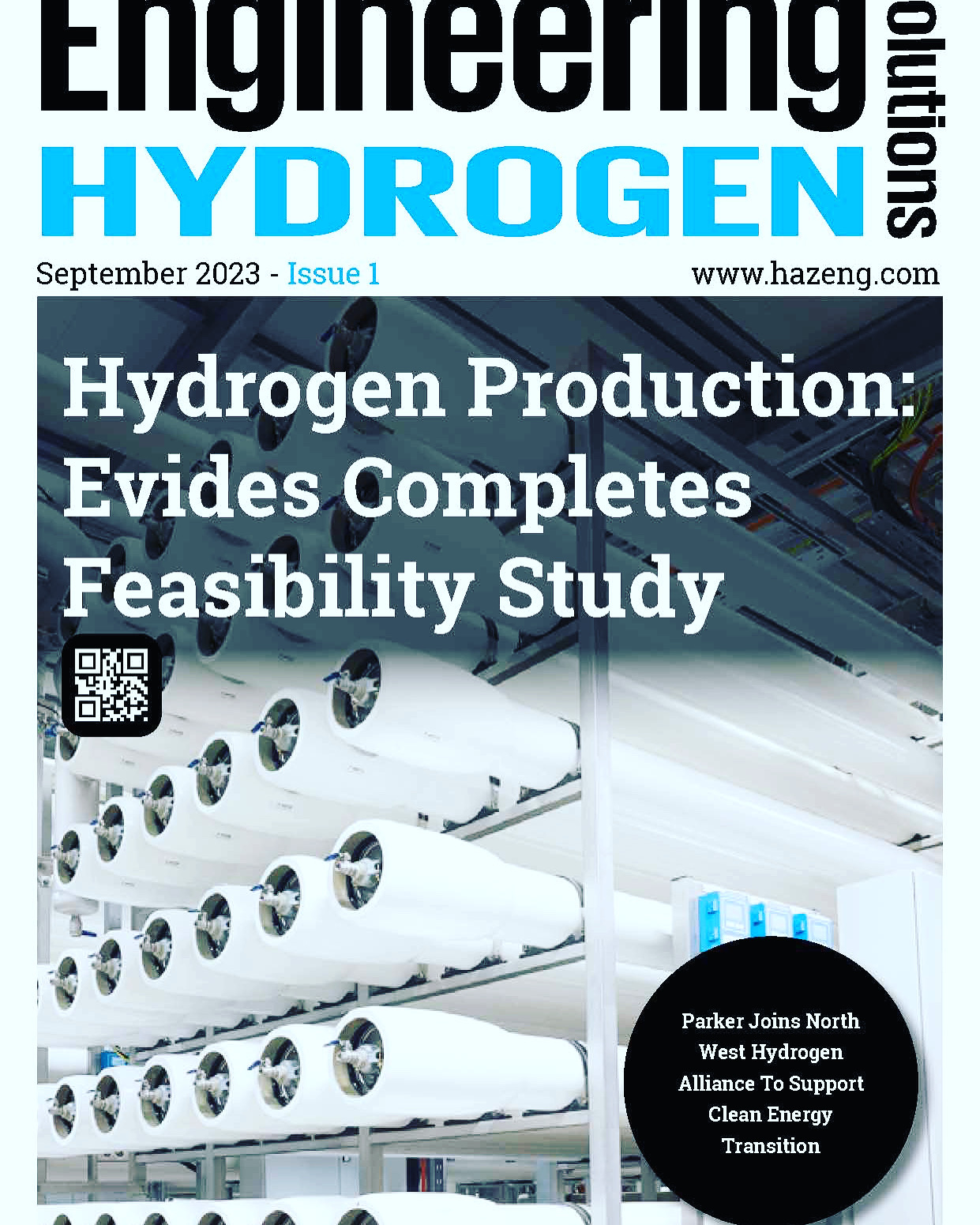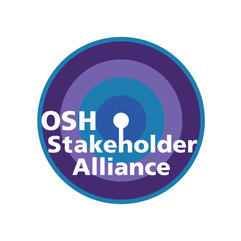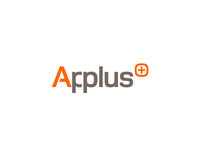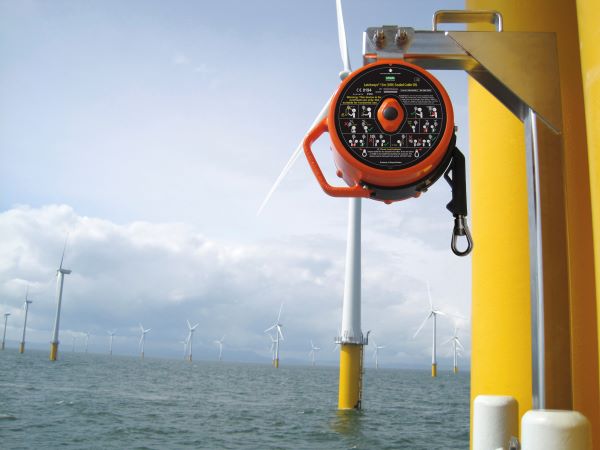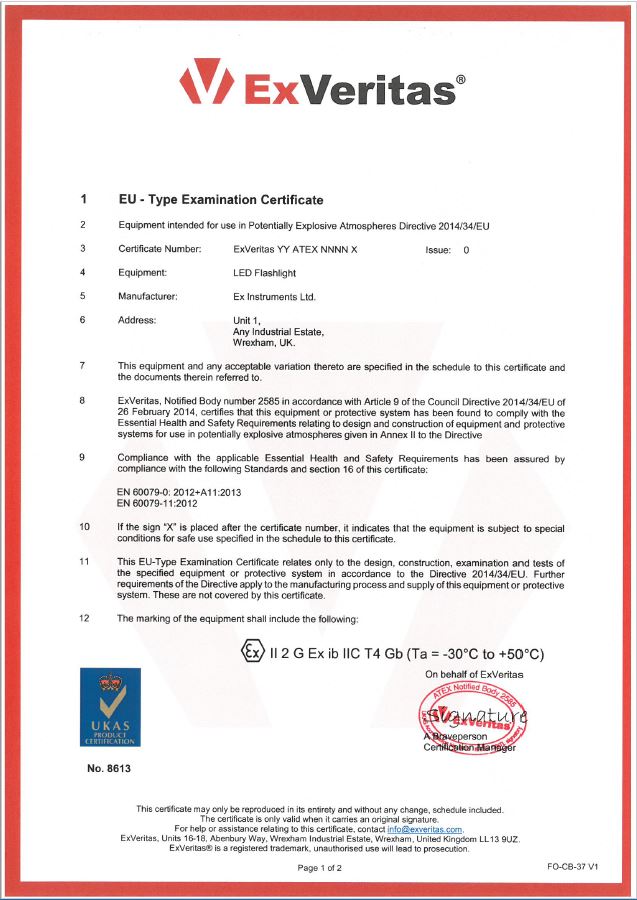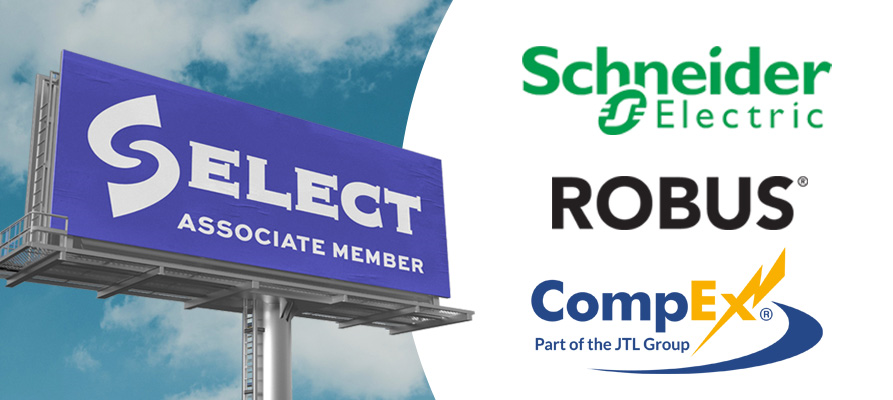
SELECT, Scotland’s largest construction trade association, has welcomed three major new enterprises to its growing Associate Membership Scheme as it continues to attract an impressive line-up of market-leading manufacturers and organisations.
Schneider Electric, Robus LED Group and CompEx have all joined the 25 existing Associates who have built mutually beneficial relationships with SELECT’s member businesses over the past 18 months.
The three new Associate Members will now be able to engage with SELECT’s experts and members, enjoy access to a wealth of services and benefits and work with the organisation to share the latest ideas and in-depth knowledge to the advantage of the wider industry.
Iain Mason, Director of Membership and Communications at SELECT, said: “Everyone at SELECT is delighted that enterprises of the size and stature of Schneider Electric, Robus and CompEx have joined our Associate Membership scheme.
“Becoming an Associate is an opportunity for partner organisations to build stronger relationships with key players in the electrical contracting industry, and also to ally themselves with an established and successful trade body.”
SELECT, which represents around 1,250 electrical firms and 15,000 contractors across the country, launched the scheme early in 2022 to help develop a mutually complementary network of industry-specific partners.
Mr Mason added: “Since its launch, the scheme has proved extremely popular and has allowed Associates to speak to our members both through our print and digital channels and also face-to-face at the many events we run across Scotland throughout the year.
“It has also strengthened our own relationship with some of the industry’s most renowned names and allowed us to develop and grow events such as our Toolbox Talks, President’s Cup and President’s Lunch.”
Schneider Electric, which traces its history back to 1838, drives digital transformation by integrating world-leading process and energy technologies to help businesses make efficiency and sustainability gains across their organisations.
David Pownall, Vice President of Services at Schneider Electric UK & Ireland, said: “We have had a long and fruitful association with SELECT over the years, including sponsoring organisation awards, and we are proud to be included in an Associate Membership scheme which brings so many benefits to the electrical industry.”
Robus is a Dublin-headquartered global lighting wholesaler with customers in more than 40 countries around the world. Established in 1984, it is now the biggest lighting company in Ireland.
Mick G Slein, Chief Executive of Robus, said: “Becoming an Associate Member of SELECT completely aligns with our best-in-class mindset and our vision of being our customers’ most trusted LED lighting brand. We look forward to building strong and trusted relationships with SELECT members as we continue to grow internationally.”
CompEx is the international scheme for competency validation and certification of people who work in explosive atmospheres. First established 30 years ago with the support of industry, its suite of training and assessment modules are delivered through a network of independent training and assessment centres to support electrotechnical practitioners in sectors including oil and gas, chemicals, pharmaceuticals, food and beverage manufacturing and utilities.
Huw Bement, Managing Director of CompEx, said: “Our international safety and competency scheme is rooted in certifying electrotechnical technicians and engineers operating in hazardous areas – so becoming a SELECT Associate Member is hugely important for us. It’s a fantastic opportunity for CompEx to establish new industry connections and to continue building our existing relationships.”
The trio’s arrival follows the announcement of Legrand UK & Ireland as SELECT’s 25th Associate Member earlier this year. The electrical and digital infrastructure specialist is part of Legrand Group, which has a presence in nearly 90 countries and employs more than 38,000 people.
Other SELECT Associate Members include Hispec, V-Tac, Aico, Aurora, Electrium, Hager, Luceco, Megger, Scolmore and Thorn Lighting.
SELECT has just completed its annual Toolbox Talks roadshows and is now involved in the organisation of the second Green Home Festival as a leading member of the Construction Industry Collective Voice (CICV).
The organisation also continues to spearhead a long-running and high-profile campaign for regulation of the electrical industry, with the submission to Scottish Parliament of a Members’ Bill calling for Protection of Title
This article can also be found in this issue below.
